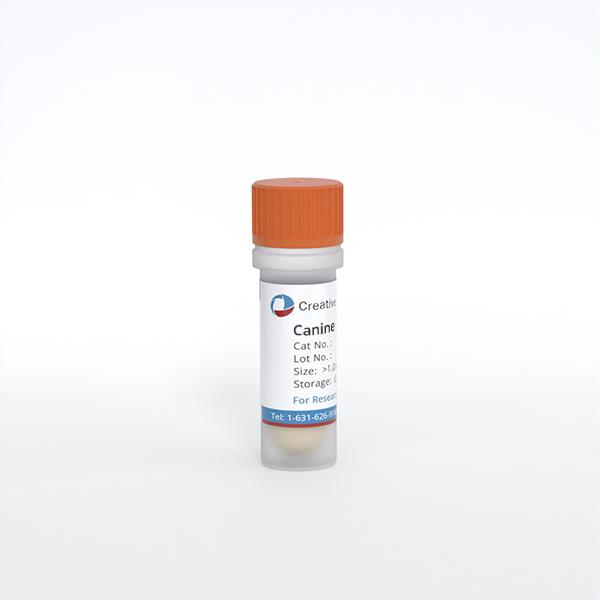Featured Products
Hot Products
ONLINE INQUIRY

Canine Dermal Lymphatic Endothelial Cells
Cat.No.: CSC-C8383W
Species: Dog
Source: Dermis; Skin
Cell Type: Endothelial Cell
- Specification
- Q & A
- Customer Review
Cat.No.
CSC-C8383W
Description
Canine Dermal Lymphatic Endothelial Cells from Creative Bioarray are isolated from skin of pathogen-free laboratory Canine. Canine Dermal Lymphatic Endothelial Cells are grown in T25 tissue culture flasks pre-coated with gelatin-based coating solution for 2 min and incubated in Creative Bioarray’ Culture Complete Growth Medium generally for 3-7 days. Cultures are then expanded. Prior to shipping, cells at passage 3 are detached from flasks and immediately cryo-preserved in vials. Each vial contains at least 1x10^6 cells per ml and are delivered frozen. The method we use to isolate endothelial cells was developed based on a combination of established and our proprietary methods.
Species
Dog
Source
Dermis; Skin
Cell Type
Endothelial Cell
Disease
Normal
Quality Control
Canine Dermal Lymphatic Endothelial Cells are negative for bacteria, yeast, fungi and mycoplasma. Cells can be expanded for 3-6 passages at a split ratio of 1:2 under the cell culture conditions specified by Creative Bioarray. Repeated freezing and thawing of cells is not recommended.
Storage and Shipping
Creative Bioarray ships frozen cells on dry ice. On receipt, immediately transfer frozen cells to liquid nitrogen (-180 °C) until ready for experimental use. Live cell shipment is also available on request.
Never can primary cells be kept at -20 °C.
Citation Guidance
If you use this products in your scientific publication, it should be cited in the publication as: Creative Bioarray cat no. If your paper has been published, please click here to submit the PubMed ID of your paper to get a coupon.
Ask a Question
Write your own review
Related Products



